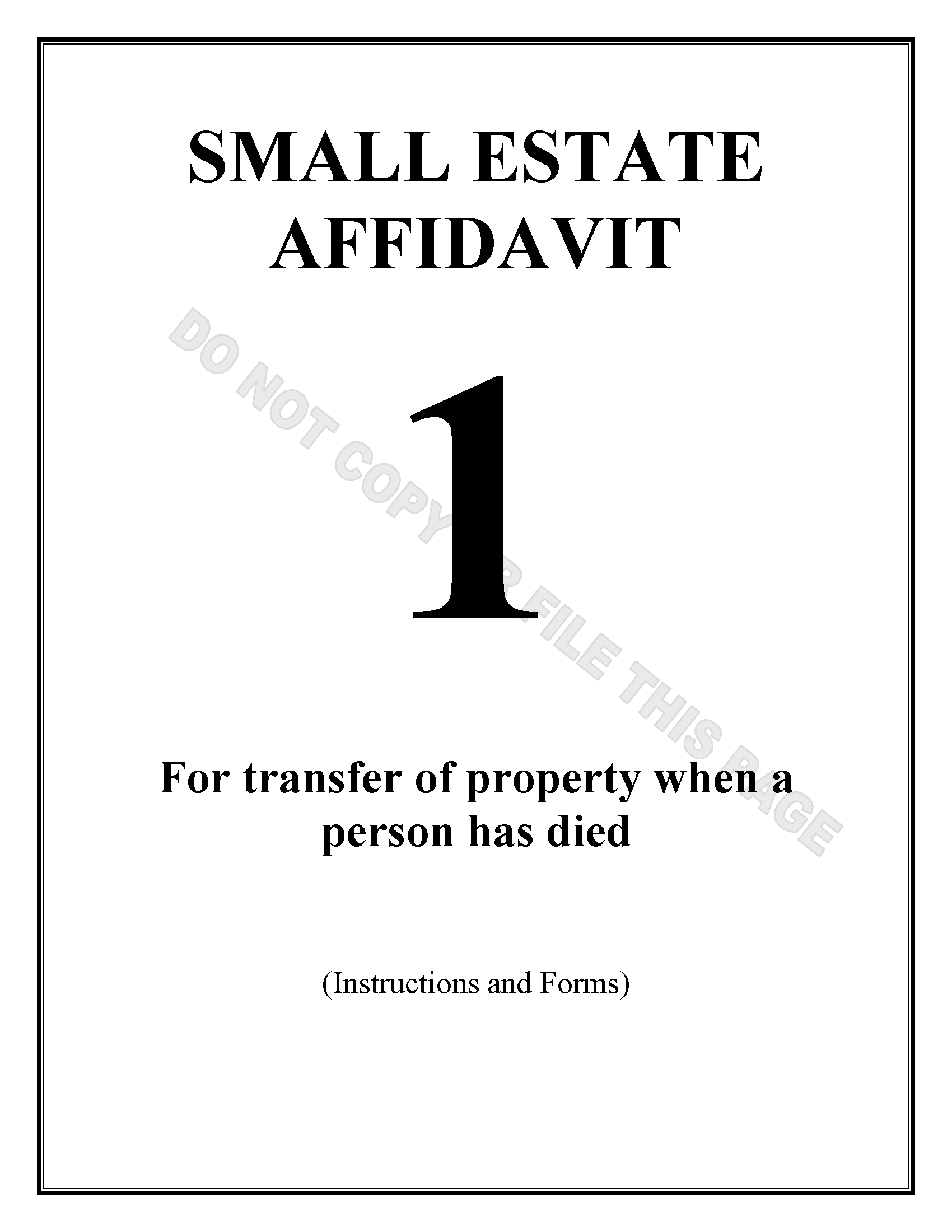Laws
- Maximum Estate Value: $200,000 in personal property; $300,000 in real property[1]
- Mandatory Waiting Period: 30 days for personal property; 6 months for real property[2]
- Where to File: Affidavits for personal property do not require filing; affidavits for real property are filed with the Superior Court.
How to File a Small Estate Affidavit
Step 1 – Check Requirements
Before completing and filing a small estate affidavit, a successor must make sure the estate meets the following requirements:
- The estate’s personal property is valued at $200,000 or less
- The estate’s real property is valued at $300,000 or less
- 30 days have passed since the decedent’s death (for transferring personal property)
- 6 months have passed since the decedent’s death (for transferring real property)
- The successor is entitled to the property because they are named in the will (if any) or related to the decedent
- No petition to appoint a personal representative is pending or granted
- Funeral expenses, last illness expenses, and all unsecured debts of the decedent have been paid
Step 2 – Complete Necessary Forms
The Small Estate Affidavit packet contains all the necessary documents to claim property, but the requirements will vary depending on whether the estate includes real property.
- Personal Property – The successor must complete the “Affidavit for Collection of Personal Property” (pages 5-7 of the packet).
- Real Property – The successor must complete the following documents (pages 8-16 of the packet):
- Probate Cover Sheet
- Probate Information Form for Decedent’s Estate
- Affidavit for Transfer of Title to Real Property
Note: Each of the above affidavits must be notarized.
Step 3 – File Forms (if applicable)
If claiming real property, the successor must file the Probate Cover Sheet, the Probate Information Form for Decedent’s Estate, and the Affidavit for Transfer of Title to Real Property with the superior court in the county where the property is located.
A certified copy of the decedent’s death certificate and last will and testament (if any) must be included with the paperwork.
Step 4 – Collect Property
To collect personal property, the successor can present the Affidavit for Collection of Personal Property to whoever is holding the decedent’s property and ask them to release it.[3]
To collect real property, the successor must record a certified copy of the Affidavit for Transfer of Title to Real Property with the county recorder in the county where the property is located.[4]

